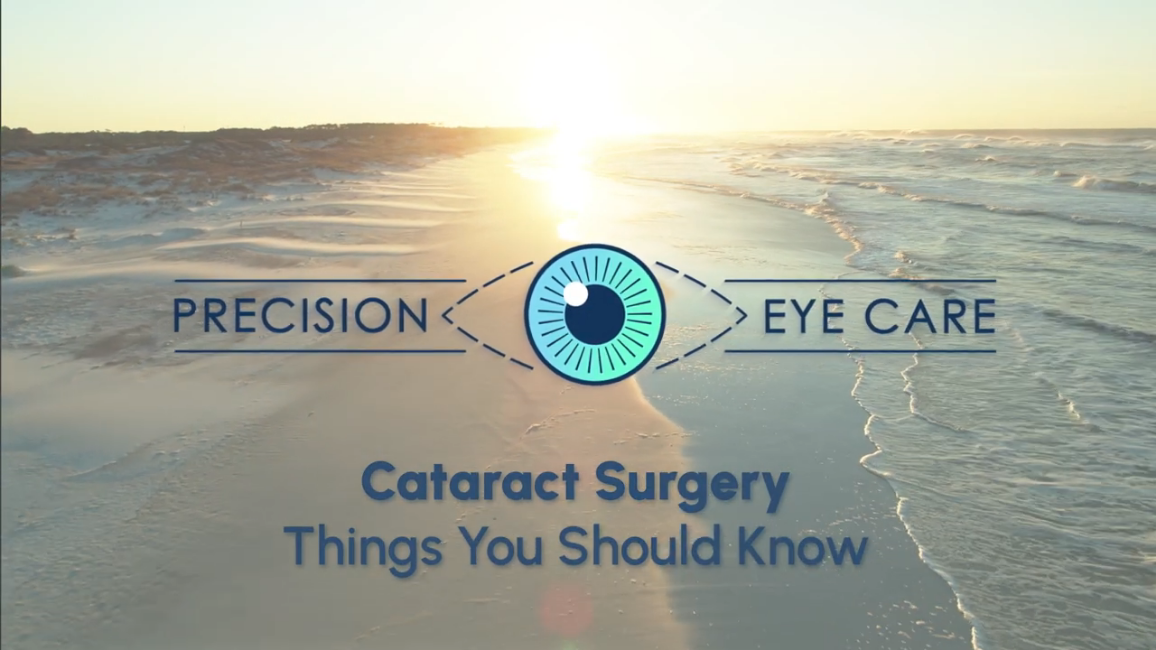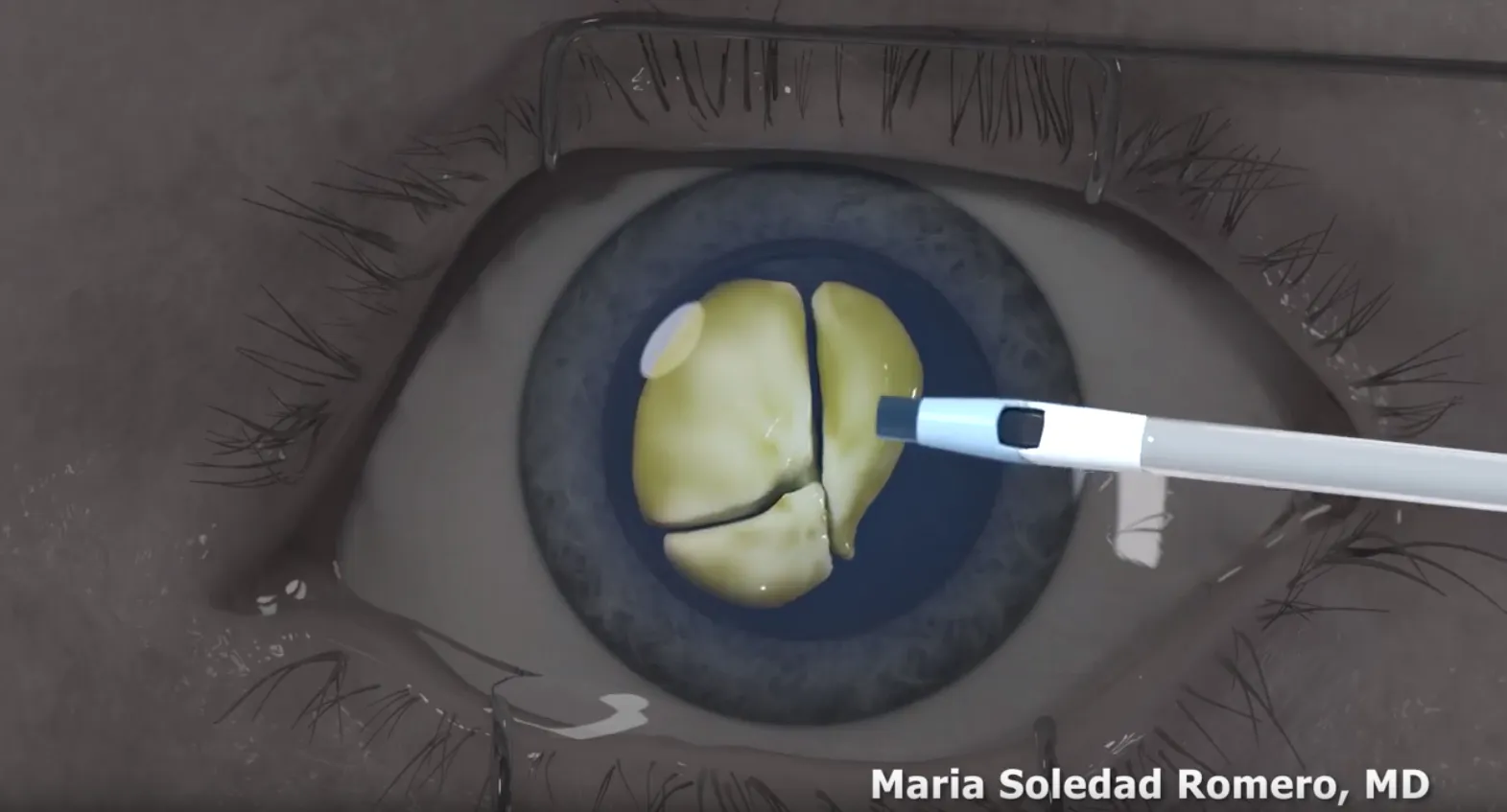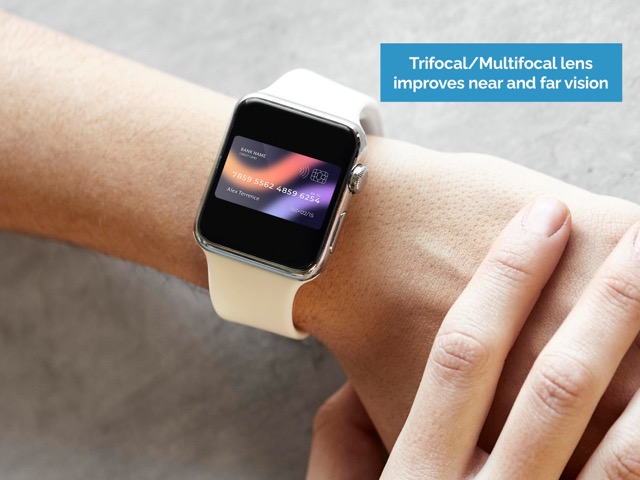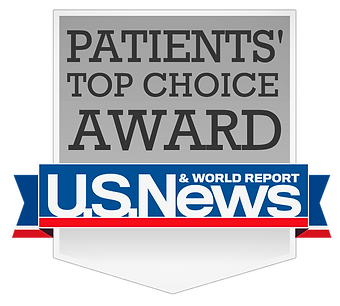Restore Your Vision with Advanced Techniques
If you struggle with blurry vision, glare, or difficulty reading, our advanced techniques and premium intraocular lens (IOL) options offer personalized solutions. By leveraging state-of-the-art technology, you can achieve clearer vision and ultimately reduce dependence on glasses.
Enhance Your Quality of Life
Living with cataracts can limit daily activities. However, modern cataract surgery provides a safe and effective way to restore clear vision. Moreover, our premium intraocular lens (IOL) options ensure customized results tailored to your needs.
Safe, Precise, and Proven Worldwide
Every day, over a million cataract surgeries are performed. As a result of cutting-edge advancements, the procedure is safer and more effective than ever. Consequently, most patients experience significantly improved vision with minimal risks. This, in turn, allows them to regain independence and fully enjoy life.





